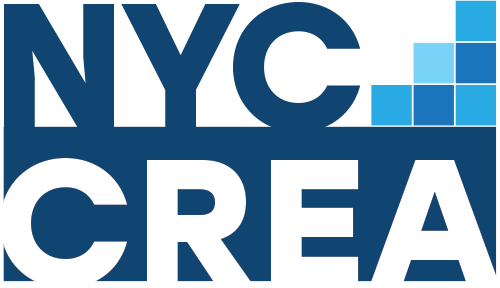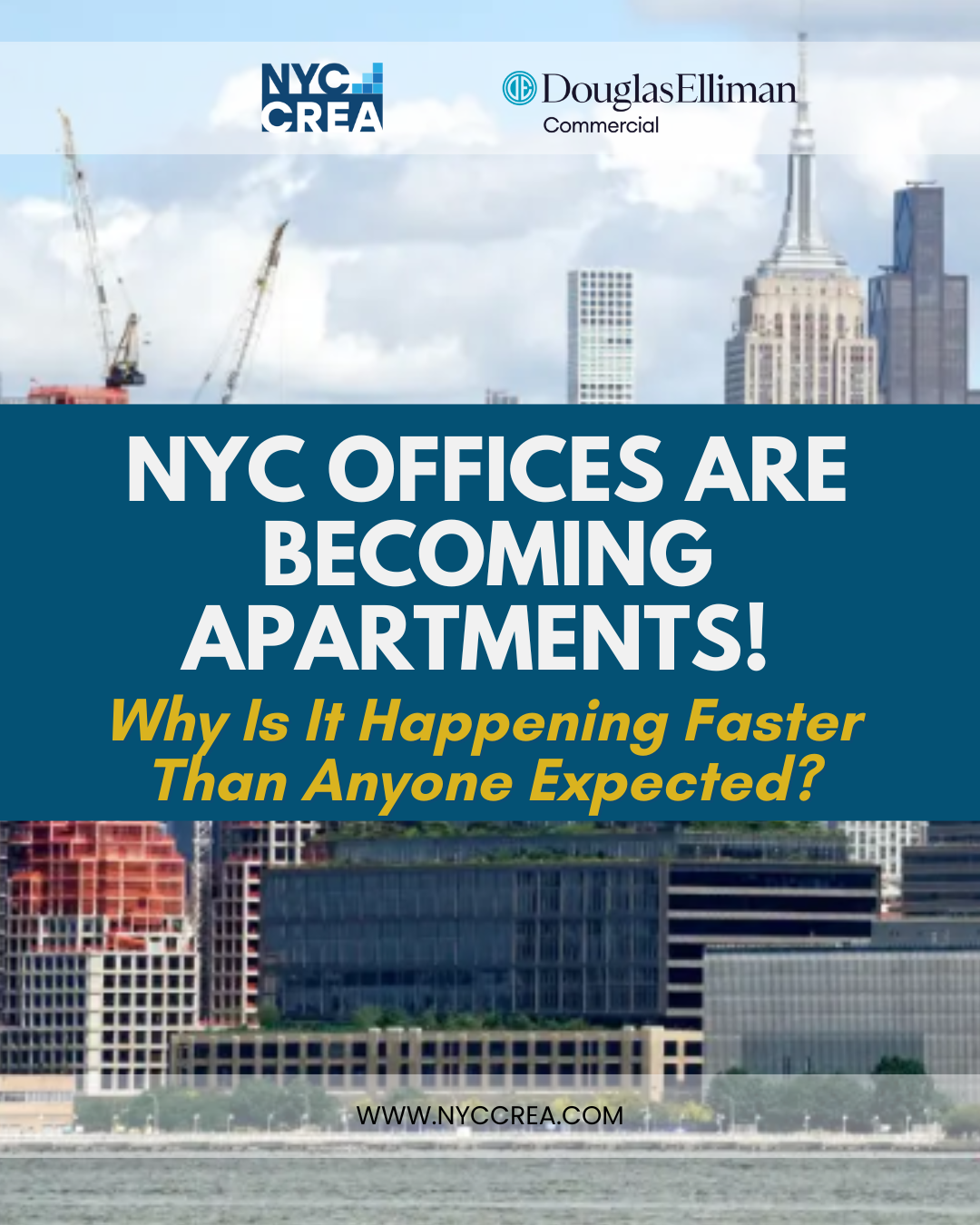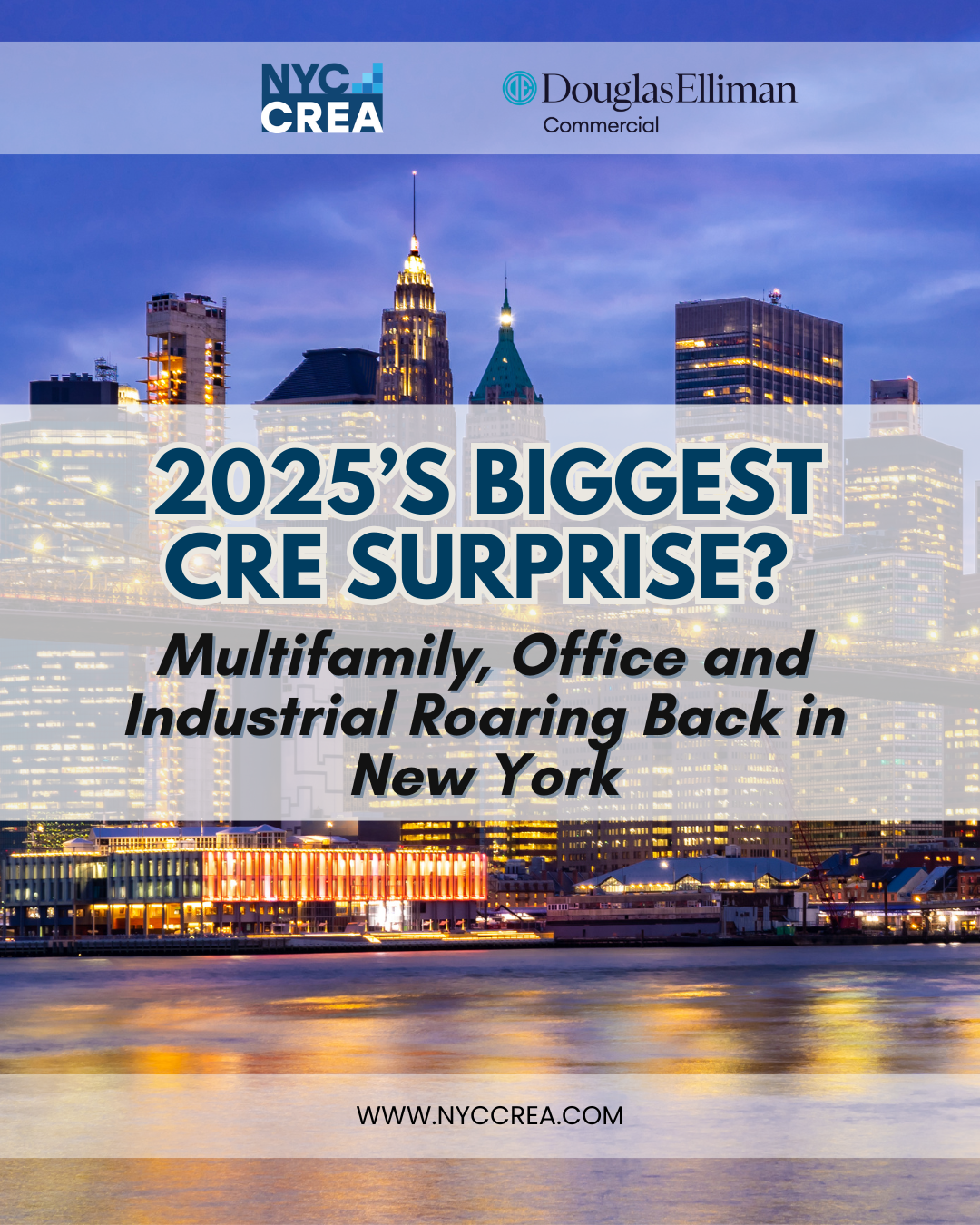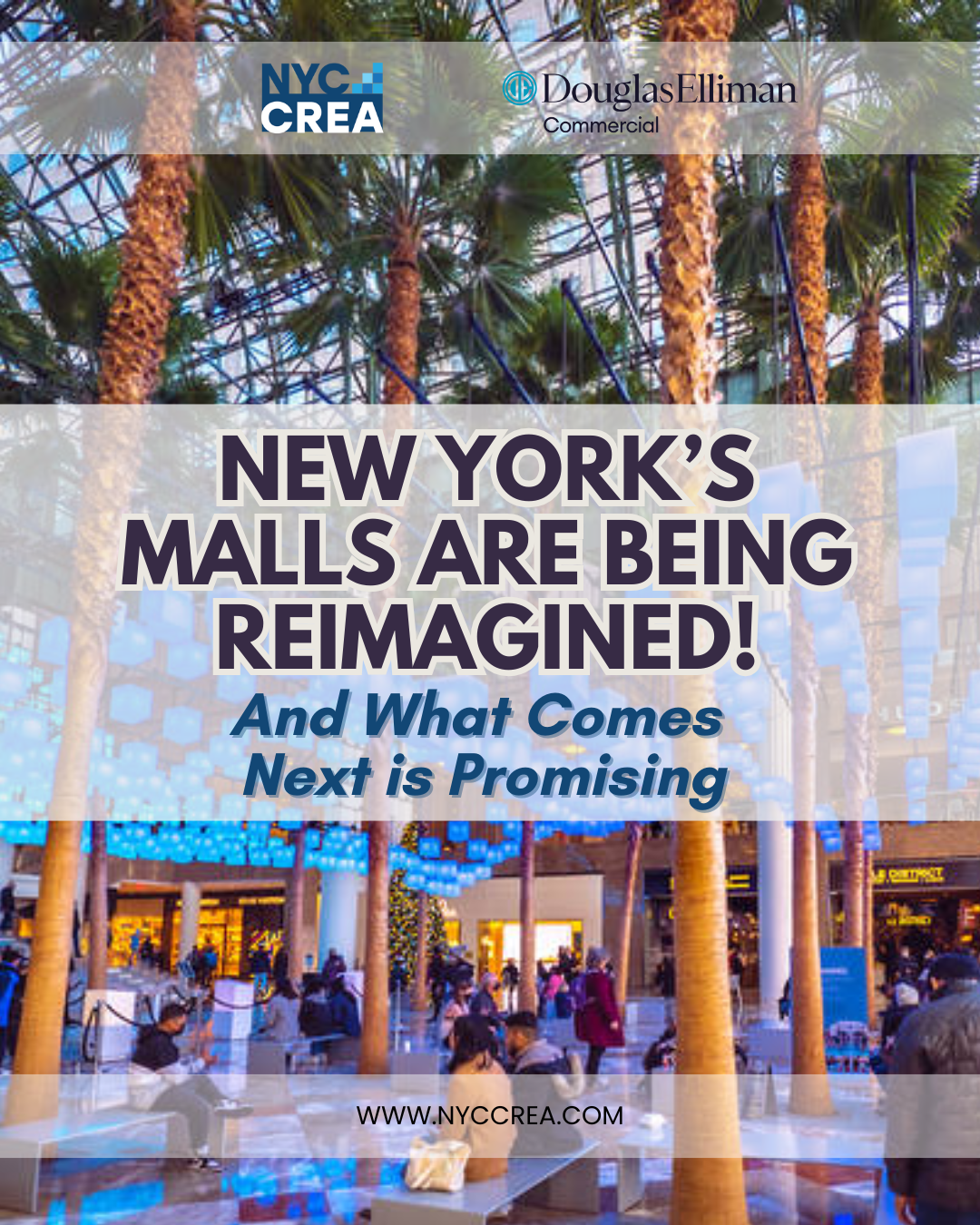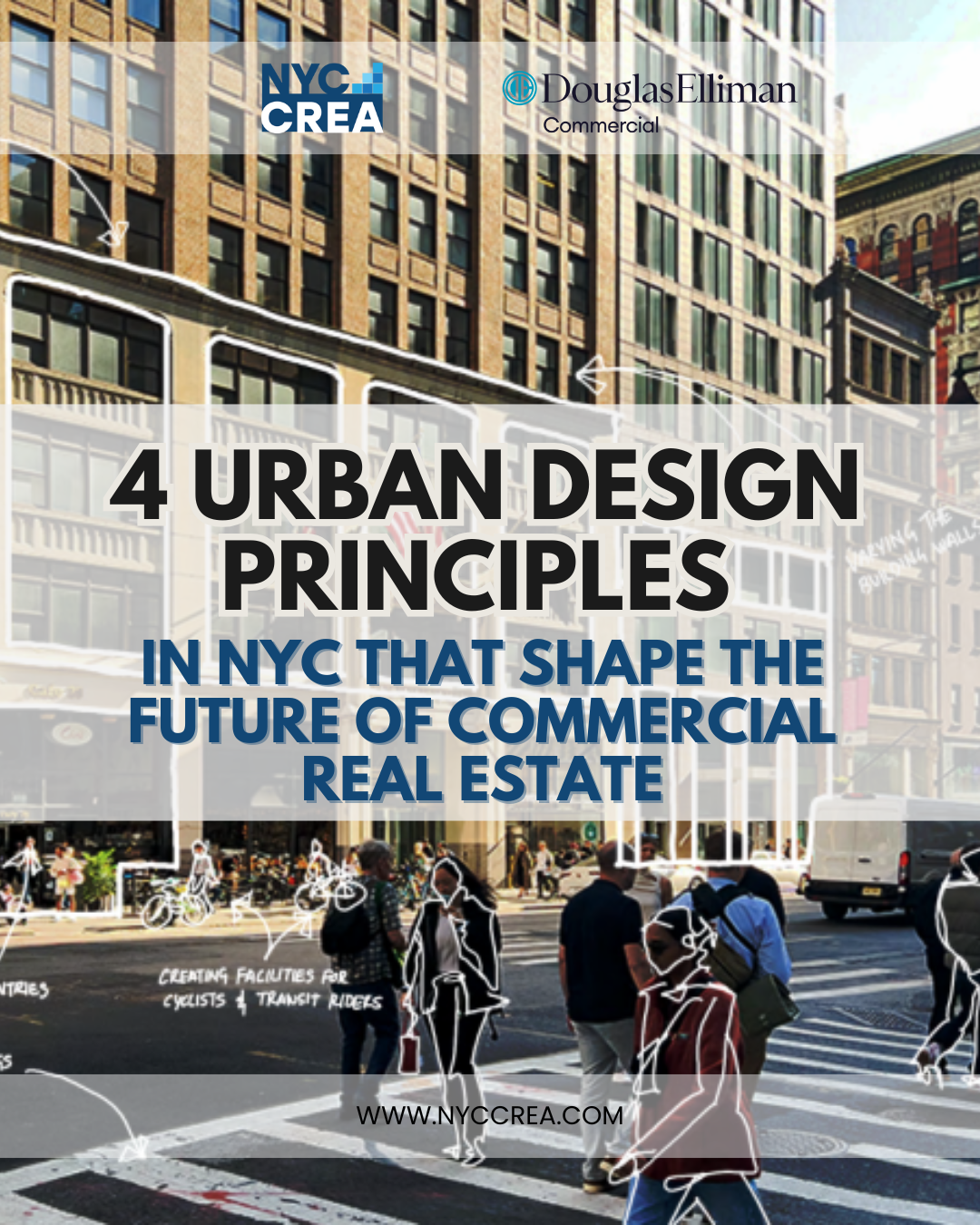Key Takeaways:
- Industrial leasing in NYC’s Outer Boroughs surged by 22.6% QoQ, led by Brooklyn and Queens.
- 1.1 million+ SF of industrial space is under construction, signaling strong developer confidence.
- Job growth in the industrial sector has been recorded in education, health, services, trade, transportation, and utilities.
The New York City Commercial Real Estate Advisors (NYCCREA) has seen a remarkable start of the industrial market boom in NYC’s Outer Boroughs. Q1 2025 has been a clear signal that industrial assets are no longer just background players. They’re becoming the engine rooms of the city’s economic resilience and logistical innovation.
The numbers are striking. Leasing activity hit nearly 724,000 square feet this quarter, a 22.6% jump from Q4 2024. Brooklyn and Queens dominated, locking down nearly 84% of this volume. This isn’t just noise—it’s a signal. From KSI Auto Parts’ 51,324-SF lease in Jamaica to energy company Con Edison’s 44,000-SF lease at the Red Hook Logistics Center, tenants are securing space with urgency.
Meanwhile, developers are not just keeping pace—they’re sprinting ahead. Over 1.1 million square feet of new industrial space is currently under construction, and Aeroterm’s completion of a 350,000-SF facility for Worldwide Flight Services at JFK Airport has proven there’s an appetite for scale. Add the looming threat of restrictive last-mile logistics legislation, and what we see is a market racing to build before the window tightens.

The Industrial Uplift in Jobs & Spaces
First, this boom is helping power job growth across New York. The trade, transportation, and utilities sector added 2,500 jobs in the last 12 months—even outpacing losses in manufacturing. As nonfarm employment grows by nearly 1% year-over-year, it’s clear that industrial expansion is underpinning broader economic strength.
Second, the strategic importance of IOS (Industrial Outdoor Storage) facilities has never been clearer. As e-commerce and municipal logistics require more space for vehicles and cargo flow, leasing of IOS surged—including NYC Department of Transportation’s parking lease of 160,000 SF at 688 Court Street in Brooklyn. These properties command premium rates due to their proximity to Manhattan.
Third, positive net absorption is back for the first time since Q1 2024, with 55,982 SF absorbed. This signals more than recovery—it shows stabilization. The demand remains high even as the vacancy rate slightly ticked up to 5.5%. Tenants want space. They just need the right kind at the right time.

But There Are Cracks in the Concrete
That said, not everything is smooth paving in this road to growth. First, vacancy is creeping upward, especially in Staten Island, which saw a 50-basis-point jump to 3.7%. Though this remains below the borough average, it signals a slowing pace in smaller submarkets.
Second, legislative headwinds are real. Proposed laws could limit new last-mile logistics developments. This is pushing developers to act quickly—but also adds uncertainty. Any pause in permitting or zoning could disrupt the delicate balance of supply and demand, particularly in land-constrained areas.
Third, rents are beginning to stabilize or fall, dipping by $0.23/SF to $28.77 overall. While Brooklyn saw a slight increase, this general downward trend may pressure landlords who overleveraged during the pandemic-era boom. Investors and owners will need to shift from aggressive pricing strategies to operational excellence.

Outlook for 2025: What’s Next?
Looking ahead, NYCCREA believes we’re witnessing the foundation of a new industrial stronghold in NYC’s commercial real estate ecosystem. The ongoing construction of over a million SF, combined with tenant demand and strategic absorption, suggests that by the end of 2025, the Outer Boroughs could emerge as the East Coast’s most resilient industrial hub.
But success isn’t guaranteed. Market participants need to keep a close eye on regulatory developments and tenant diversification. While logistics continues to lead, long-term sustainability will depend on integrating advanced manufacturing, green energy storage, and multi-use industrial campuses.
Reference: NYC Outer Boroughs Industrial Q1 2025, Cushman and Wakefield
